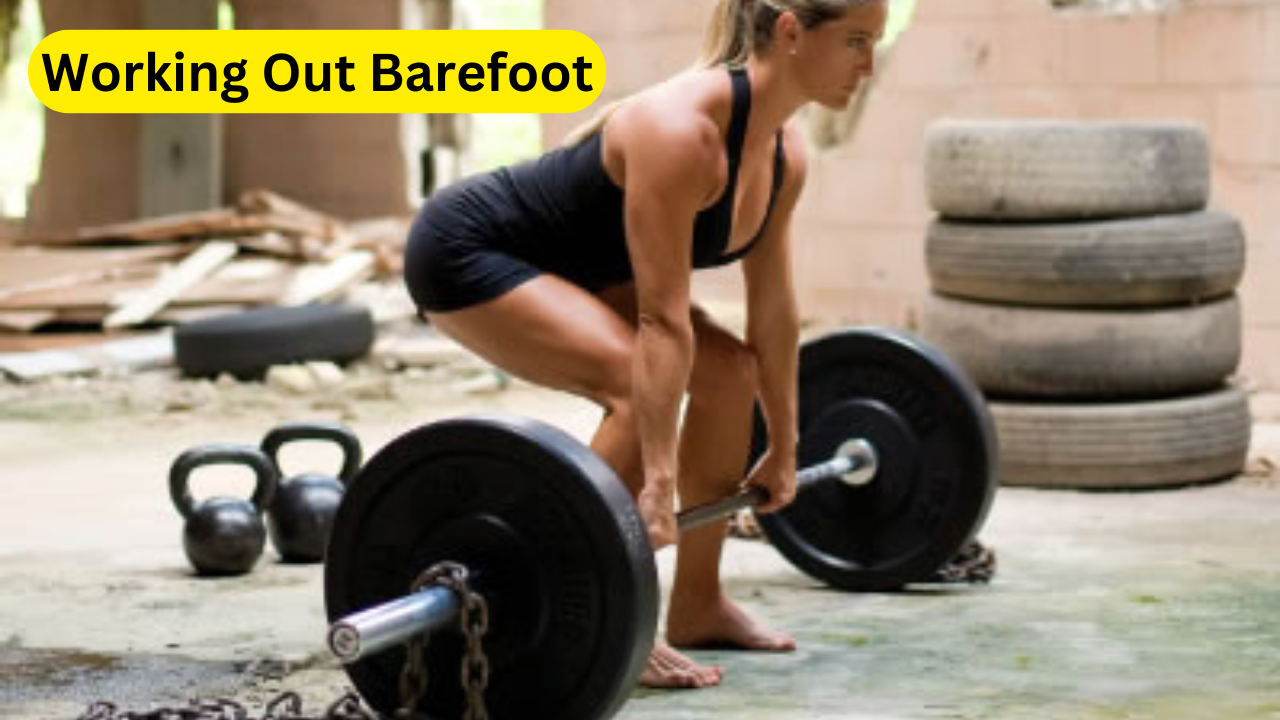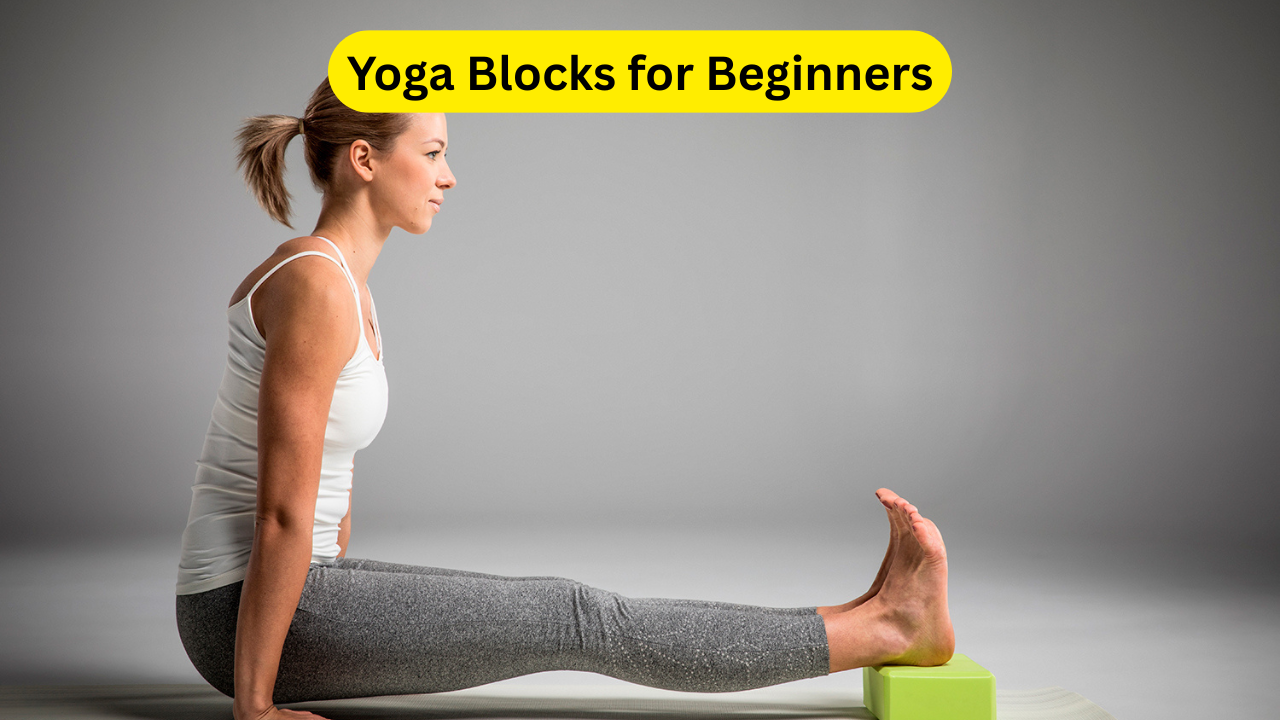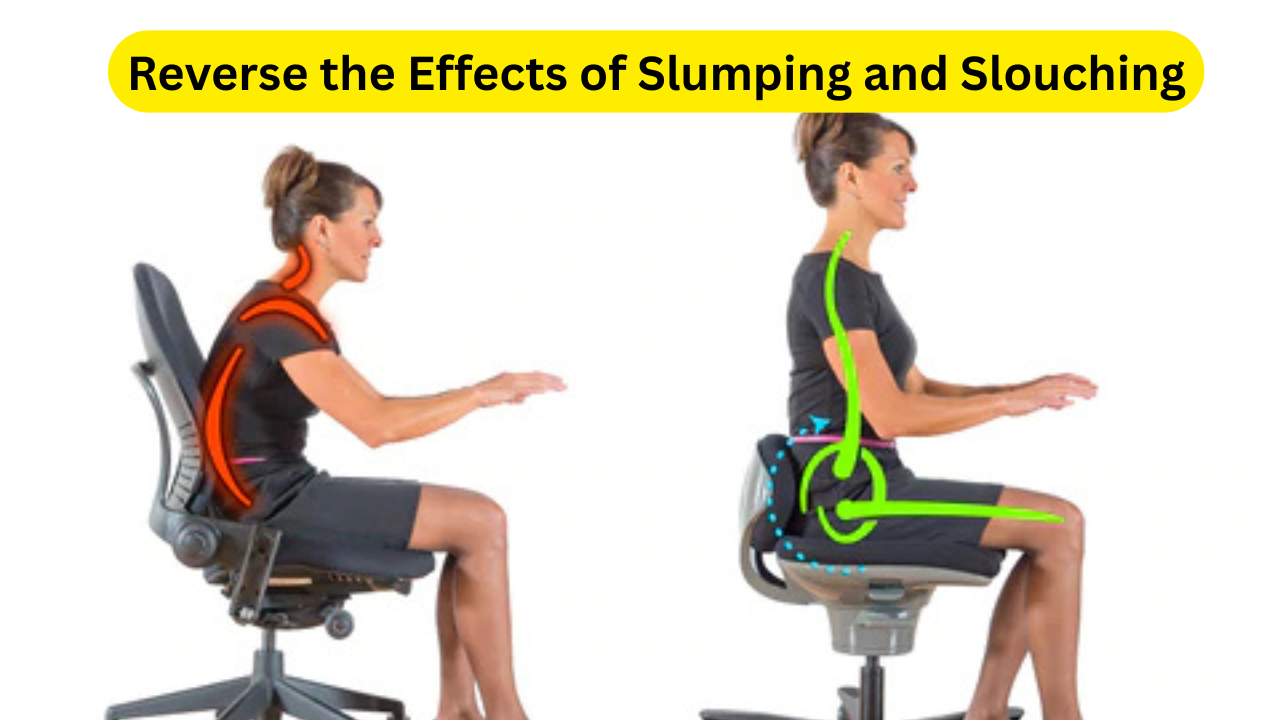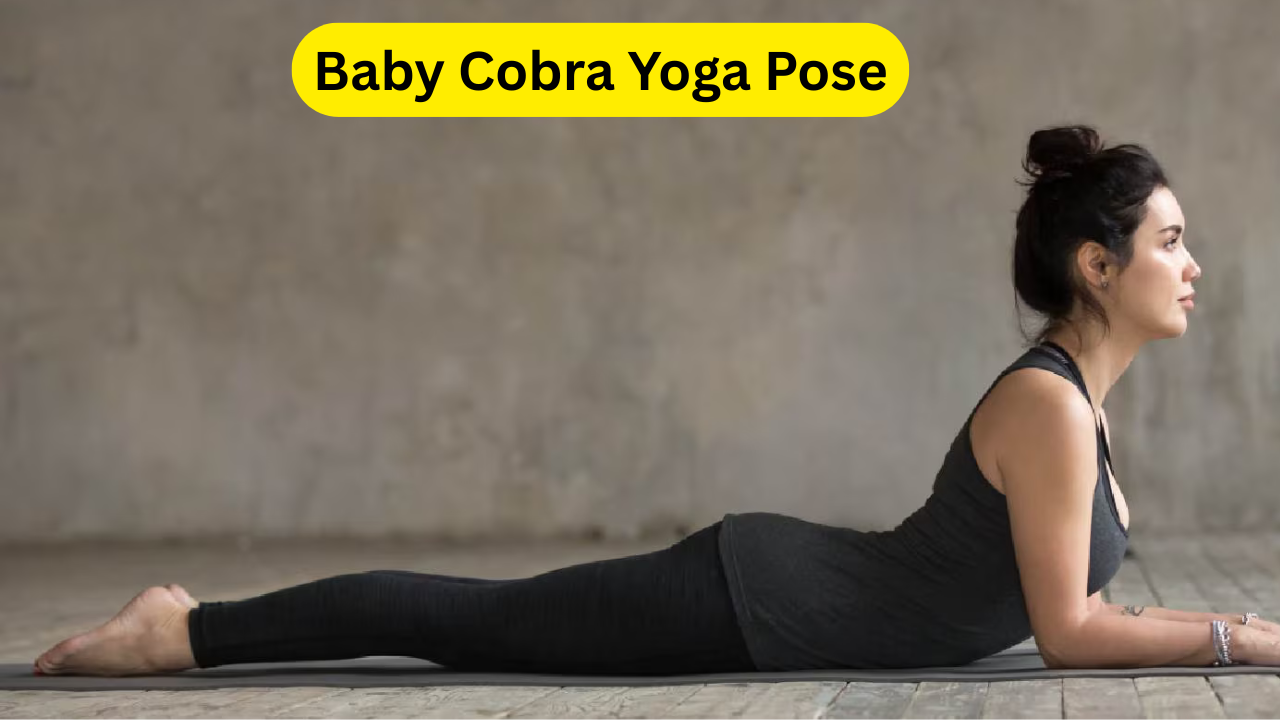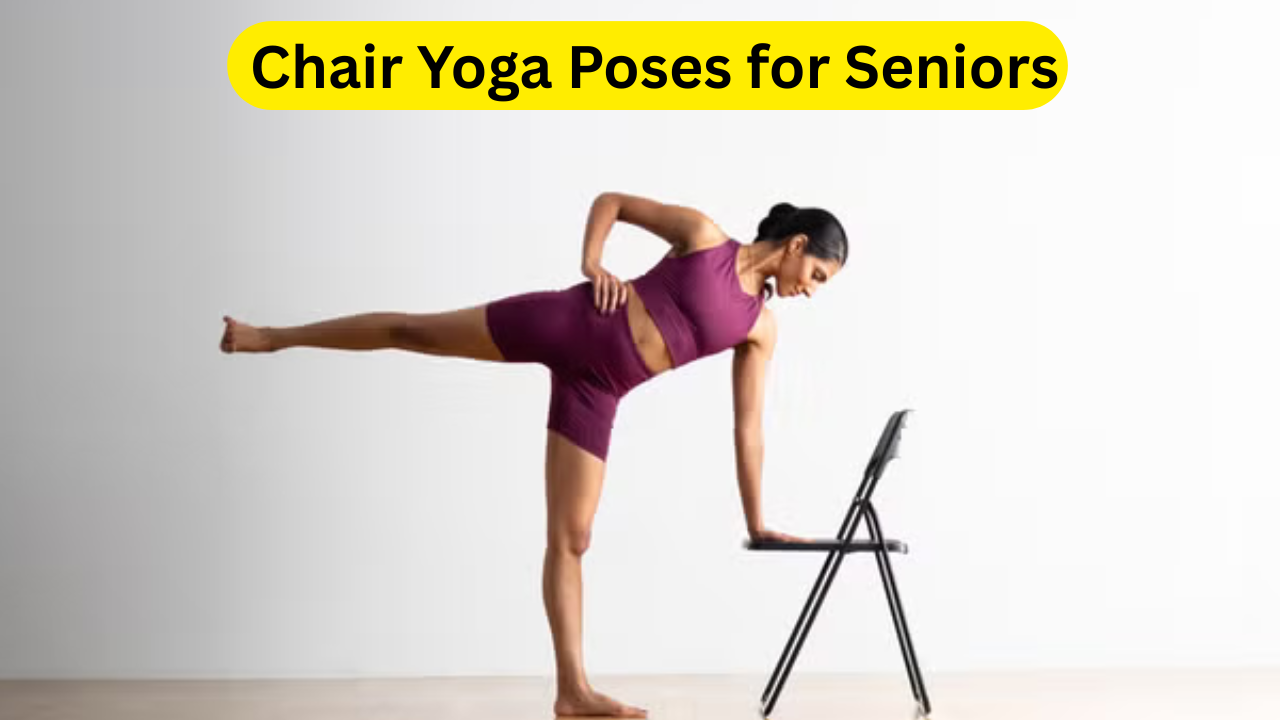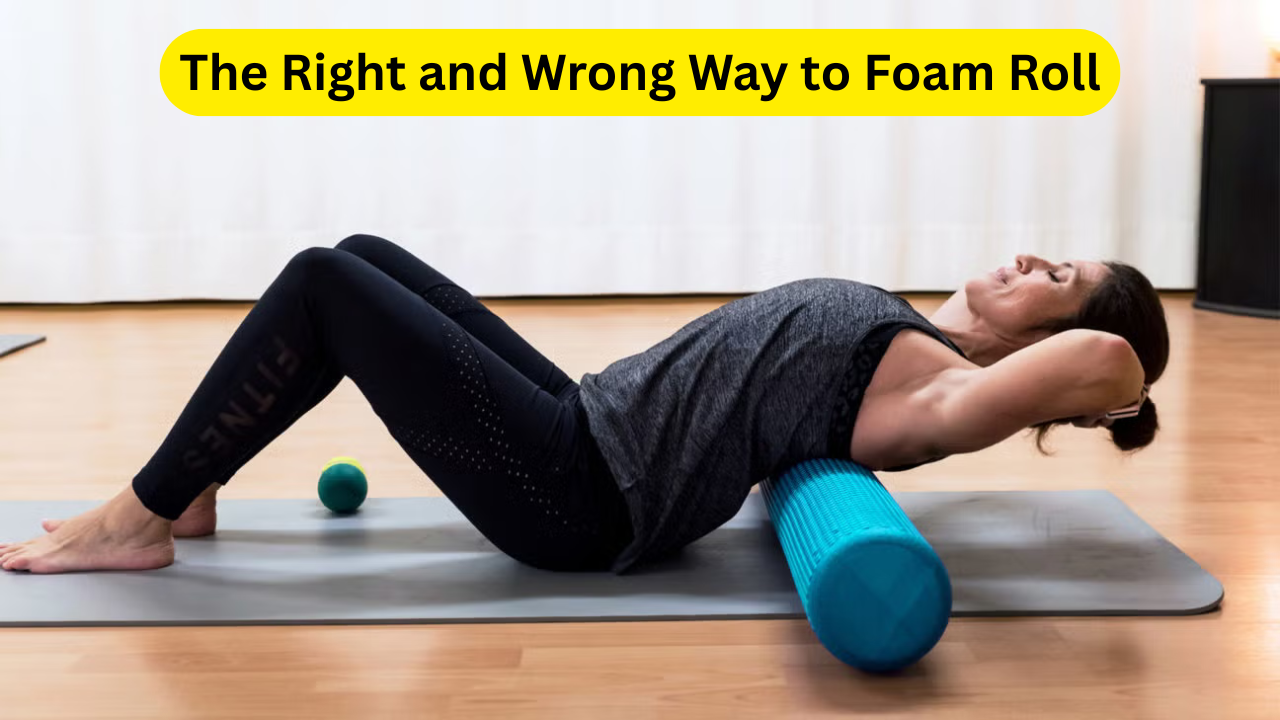Working Out Barefoot: Over the past few years, working out barefoot has gained popularity, with many fitness enthusiasts and experts advocating for its benefits. While going barefoot has always been standard in practices like yoga and Pilates, it is now being adopted in traditional workout settings like weightlifting and strength training. Social media influencers, professional athletes, and personal trainers frequently showcase their barefoot routines, claiming improved stability, agility, and muscle engagement.
However, despite its growing acceptance, training barefoot is not without controversy. Many gyms enforce strict footwear policies, citing safety and hygiene concerns. Furthermore, for individuals accustomed to wearing shoes with built-in support, transitioning to barefoot exercise may require a period of adaptation. Before making the switch, it is essential to understand both the advantages and potential risks associated with ditching traditional workout shoes.
From better foot mechanics to an increased risk of injury, the decision to train barefoot should be an informed one. This article explores the pros and cons of barefoot training, guidance on transitioning safely, and the best exercises to perform without shoes. Whether you are a seasoned athlete or a beginner, understanding the implications of barefoot workouts can help you make the best choice for your fitness routine.
Click here: How to Burn Fat Effectively: The Ultimate Guide to Fat Loss
Why People Are Training Barefoot
Barefoot training has gained traction in the fitness community due to the belief that it promotes natural foot function and enhances overall performance. According to Dave Mace, founder of Maximum Potential Calisthenics, barefoot training has become more widespread due to the increased popularity of minimalist footwear, social media exposure, and emerging research supporting its benefits.
Benefits of Training Barefoot
- Improved Foot Strength and Stability
- Training barefoot helps activate the small stabilizing muscles in the feet and lower legs, which are often neglected when wearing cushioned shoes. This can lead to better balance and stronger foot mechanics.
- Enhanced Proprioception and Coordination
- Without the barrier of shoes, the feet can better sense the ground, improving coordination and agility. This heightened awareness may enhance performance in activities like weightlifting, running, and functional training.
- Better Posture and Joint Alignment
- Shoes with elevated heels can alter natural posture and alignment. Training barefoot allows the body to maintain a more neutral stance, reducing strain on the knees, hips, and lower back.
- Potential Relief from Foot Pain and Discomfort
- Some individuals experience relief from conditions like flat feet, plantar fasciitis, or chronic foot pain by strengthening foot muscles and restoring natural movement patterns.
Risks and Considerations
While barefoot training has its advantages, it is not suitable for everyone. There are risks involved, especially for those who are new to it or have preexisting foot conditions.
Potential Downsides of Barefoot Training
- Increased Risk of Injury
- Without the protective layer of shoes, the feet are more vulnerable to cuts, abrasions, and impact injuries. Dropping weights on bare feet can lead to serious injuries.
- Initial Muscle Fatigue and Soreness
- Since the foot muscles are not accustomed to working without support, transitioning to barefoot workouts can cause discomfort, fatigue, and soreness in the beginning.
- Not Suitable for All Environments
- Public gyms and workout spaces often have rough or unsanitary floors, increasing the risk of infections or exposure to bacteria and fungi.
How to Transition to Barefoot Training
For those interested in reaping the benefits of barefoot workouts, transitioning gradually is key to avoiding injury and discomfort.
Step-by-Step Transition Guide
- Start with Short Walks
- Begin by walking barefoot around the house for a few minutes each day to strengthen foot muscles.
- Use Minimalist Shoes
- If you are not ready to go completely barefoot, minimalist shoes can provide a good balance between support and natural movement.
- Begin with Low-Impact Exercises
- Start with bodyweight exercises like squats, lunges, and mobility drills before progressing to weightlifting or plyometrics.
- Gradually Increase Intensity
- Slowly increase the duration and intensity of your barefoot workouts to allow the feet and legs to adapt.
- Focus on Proper Form
- Pay attention to foot placement and posture to avoid unnecessary strain or misalignment.
Best Exercises to Do Barefoot

While some exercises are better suited for barefoot training, others may require caution.
Ideal Barefoot Workouts
- Bodyweight Exercises – Squats, lunges, push-ups, and planks
- Balance and Stability Training – Single-leg stands, balance board exercises
- Strength Training – Deadlifts, kettlebell swings, and Romanian deadlifts
- Mobility and Flexibility Drills – Yoga, stretching, and foam rolling
- Plyometric Exercises – Jump squats, box jumps (on soft surfaces)
Also read: Hyundai Xcent 2025: A Stunning Revival of a Beloved Compact Sedan
Working Out Barefoot Conclusion
Training barefoot is more than just a fitness trend—it offers genuine benefits for strength, balance, posture, and overall movement efficiency. By removing footwear, individuals can engage their feet more naturally, strengthening muscles that are often underutilized when wearing shoes.
However, like any fitness practice, barefoot training comes with its risks. The possibility of injury, hygiene concerns, and an adjustment period mean that it’s not for everyone. Those new to the practice should approach it gradually, listening to their body and making necessary adjustments along the way.
For athletes and fitness enthusiasts seeking better proprioception and stability, barefoot training can be a valuable addition to their routine. It can improve performance in various activities, from weightlifting to running and yoga. Many experts recommend it for enhancing foot health and preventing injuries over time.
Ultimately, whether to train barefoot or not depends on personal preference, fitness goals, and individual biomechanics. Some people thrive without shoes, while others may need the support of proper footwear. The key is to find what works best for you while keeping safety and comfort in mind.
As the popularity of barefoot training grows, more research and personal experiences will continue to shape the discussion. If done correctly, it can be an effective way to build stronger feet, improve posture, and enhance movement mechanics, making it a worthy consideration for any fitness enthusiast.
Working Out Barefoot FAQs
1. Is it safe to work out barefoot in a gym?
It depends on the gym’s rules and flooring. Many gyms require shoes for safety reasons, but some facilities allow barefoot training in designated areas. If you plan to train barefoot, ensure the floor is clean, free of hazards, and suitable for your workout type.
2. Can barefoot training help with flat feet?
Yes, barefoot training can strengthen the foot muscles and improve arch support for individuals with flat feet. However, people with severe flat feet or pain should consult a podiatrist or physical therapist before transitioning to barefoot workouts.
3. How long does it take to adapt to barefoot training?
The adaptation period varies from person to person. Beginners should start with 5-10 minutes of barefoot walking per day, gradually increasing over weeks or months. Full adaptation can take several weeks to a few months, depending on consistency and individual foot strength.
4. What types of workouts are best suited for barefoot training?
Activities like yoga, Pilates, bodyweight exercises, deadlifting, kettlebell workouts, and balance training are ideal for barefoot workouts. Running and high-impact activities should be approached cautiously, with a gradual transition to avoid injury.
5. Are barefoot shoes a good alternative to going fully barefoot?
Yes, barefoot shoes provide a minimal barrier between your feet and the ground while still allowing natural movement. They can be an excellent transitional tool for those new to barefoot training and offer protection in environments where going fully barefoot isn’t practical.
